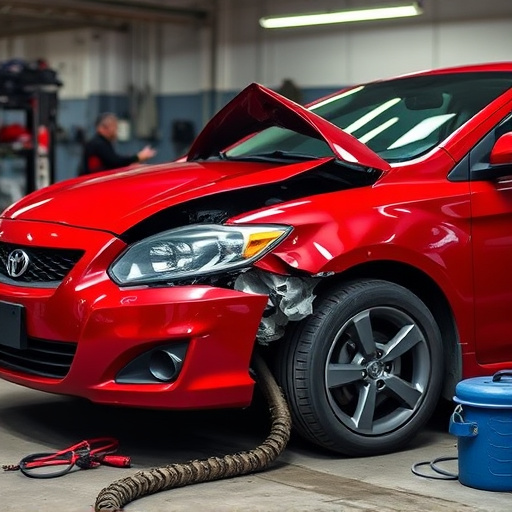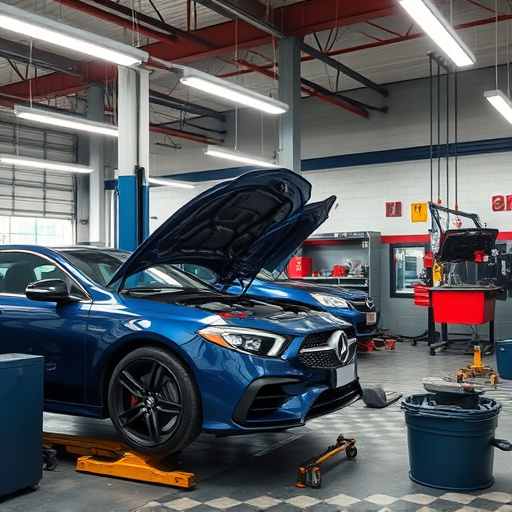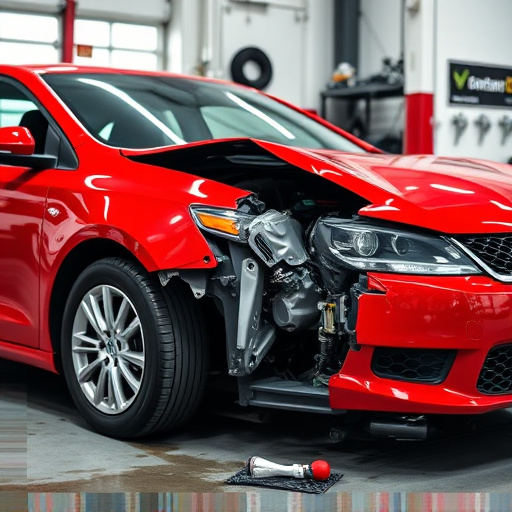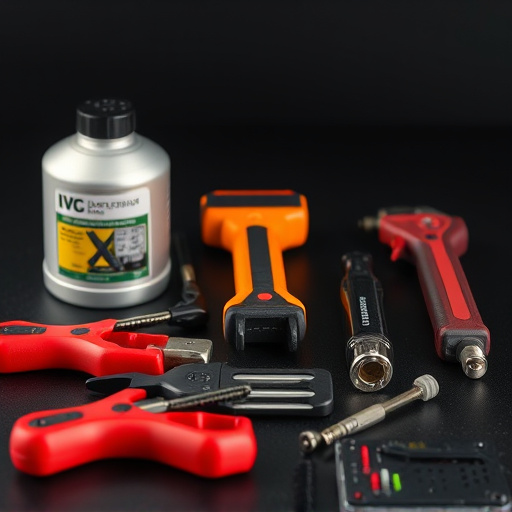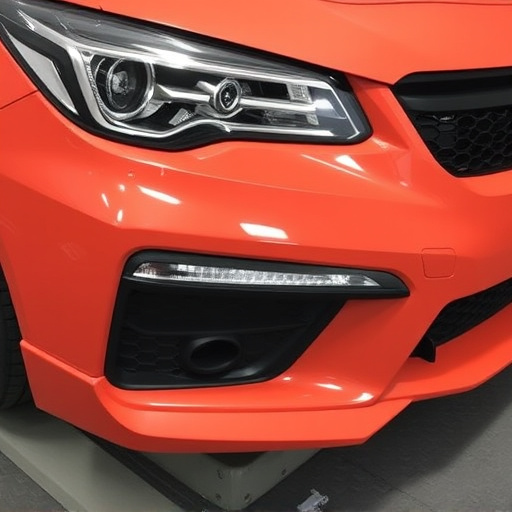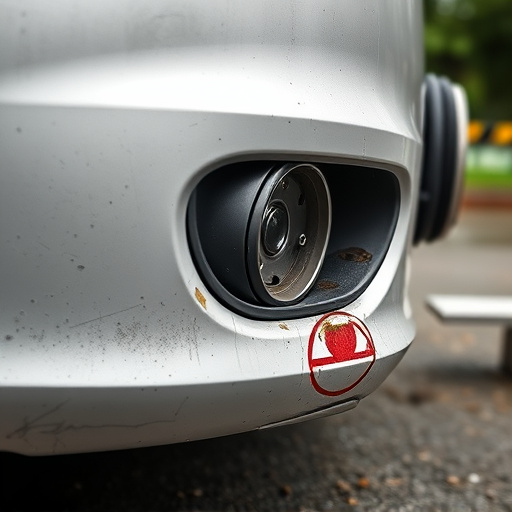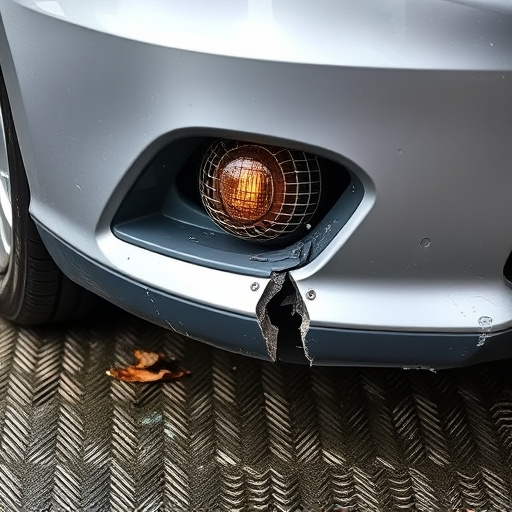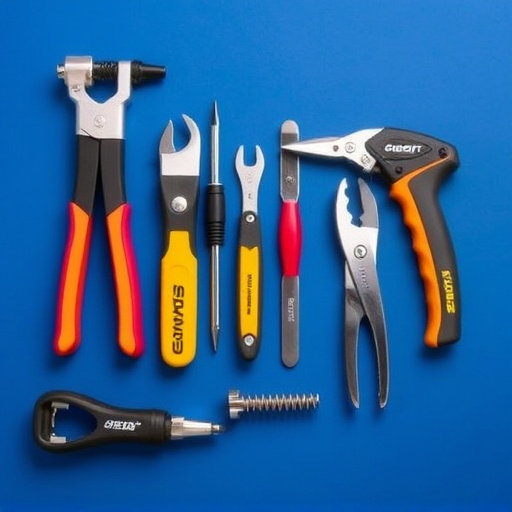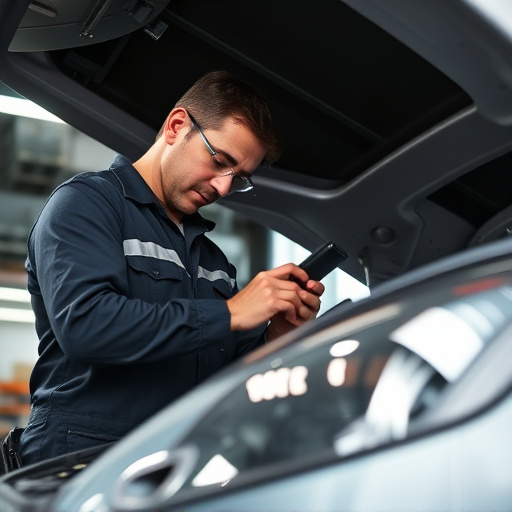Implementing environmentally safe repair practices reduces costs, minimizes waste and pollution, enhances worker health and safety, attracts eco-conscious customers, optimizes resources, fosters brand loyalty, and ensures business profitability in a competitive market by replacing toxic chemicals and energy-intensive methods with non-toxic, recyclable materials and efficient, greener techniques.
In today’s world, embracing environmentally safe repair practices isn’t just an ethical choice; it offers significant economic advantages. This article explores how adopting eco-friendly repair methods can lead to substantial cost savings for businesses and organizations. From reducing material and labor expenses to enhancing worker safety and health, these practices contribute to long-term financial sustainability. By implementing these changes, companies not only mitigate environmental impact but also foster a more resilient and responsible operational framework.
- Reducing Costs through Eco-Friendly Repairs
- Enhancing Worker Safety and Health
- Building Long-Term Financial Sustainability
Reducing Costs through Eco-Friendly Repairs
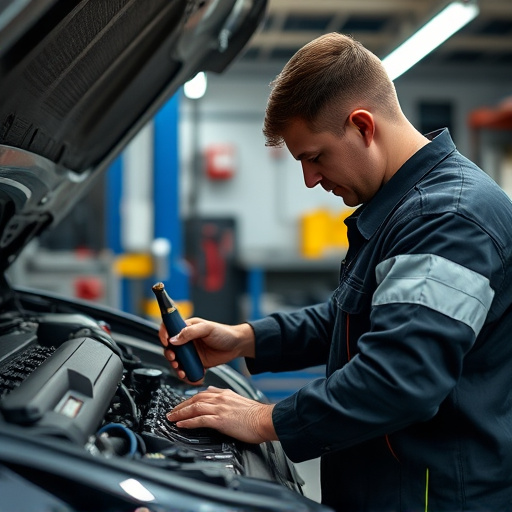
Implementing environmentally safe repair practices can significantly reduce operational costs for businesses and individuals alike. Traditional methods of car paint repair, dent removal, and car scratch repair often involve toxic chemicals and energy-intensive processes. Eco-friendly alternatives, however, prioritize sustainability by using non-toxic, recyclable materials and efficient techniques. For example, water-based car paint and eco-friendly dent removal tools not only minimize waste but also reduce the risk of environmental pollution.
These greener approaches can lead to substantial savings in the long run. By cutting down on hazardous disposal costs and compliance with environmental regulations, businesses can allocate resources more effectively. Moreover, consumers benefit from lower prices on services like car scratch repair as companies strive to stay competitive while adhering to eco-friendly standards. This shift towards sustainability not only promotes a healthier planet but also offers a viable economic advantage for all involved.
Enhancing Worker Safety and Health
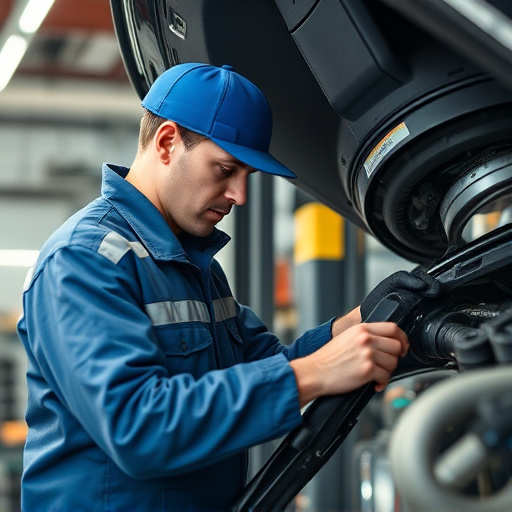
Implementing environmentally safe repair practices not only benefits the planet but also significantly enhances worker safety and health. Traditional auto body repair methods often involve harmful chemicals and toxic substances, which can pose severe risks to technicians’ well-being. By adopting eco-friendly techniques, such as using water-based paints, biodegradable degreasers, and low-VOC (volatile organic compound) products, the risk of exposure to these hazardous materials is significantly reduced. This shift creates a safer work environment, lowering the chances of respiratory issues, skin irritation, and other health complications commonly associated with conventional auto body repairs.
Moreover, environmentally safe repair practices promote better air quality within workshops and nearby communities. Reducing emissions from toxic chemicals contributes to lower pollution levels, benefiting both workers and the general public. For instance, fender repair and vehicle collision repair processes that incorporate green technologies can minimize the release of harmful gases, ensuring a healthier atmosphere for everyone involved. This aspect is particularly crucial in urban areas where hustle and bustle of auto body repairs can have adverse effects on the local ecosystem.
Building Long-Term Financial Sustainability
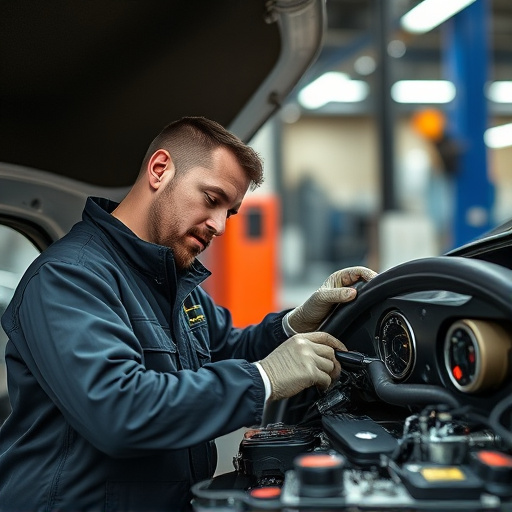
Implementing environmentally safe repair practices can be a game-changer for businesses, especially in the automotive industry. By adopting eco-friendly methods for dent repair and vehicle body repair, companies can ensure long-term financial sustainability. These practices reduce waste, optimize resource usage, and minimize exposure to toxic materials, all of which lower operational costs over time.
For instance, focusing on sustainable dent repair techniques not only benefits the environment but also attracts environmentally conscious customers. Similarly, luxury vehicle repair shops that prioritize eco-friendly approaches can differentiate themselves in a competitive market. This shift towards greener practices can lead to increased brand loyalty and market share, ensuring the business remains resilient and profitable well into the future.
Implementing environmentally safe repair practices offers significant economic advantages, from reducing costs through eco-friendly methods to enhancing worker safety and fostering long-term financial sustainability. By adopting these practices, businesses not only contribute to a greener planet but also ensure their operations remain efficient and responsible in the digital era. Environmentally safe repairs are a win-win strategy for both the environment and bottom lines.
